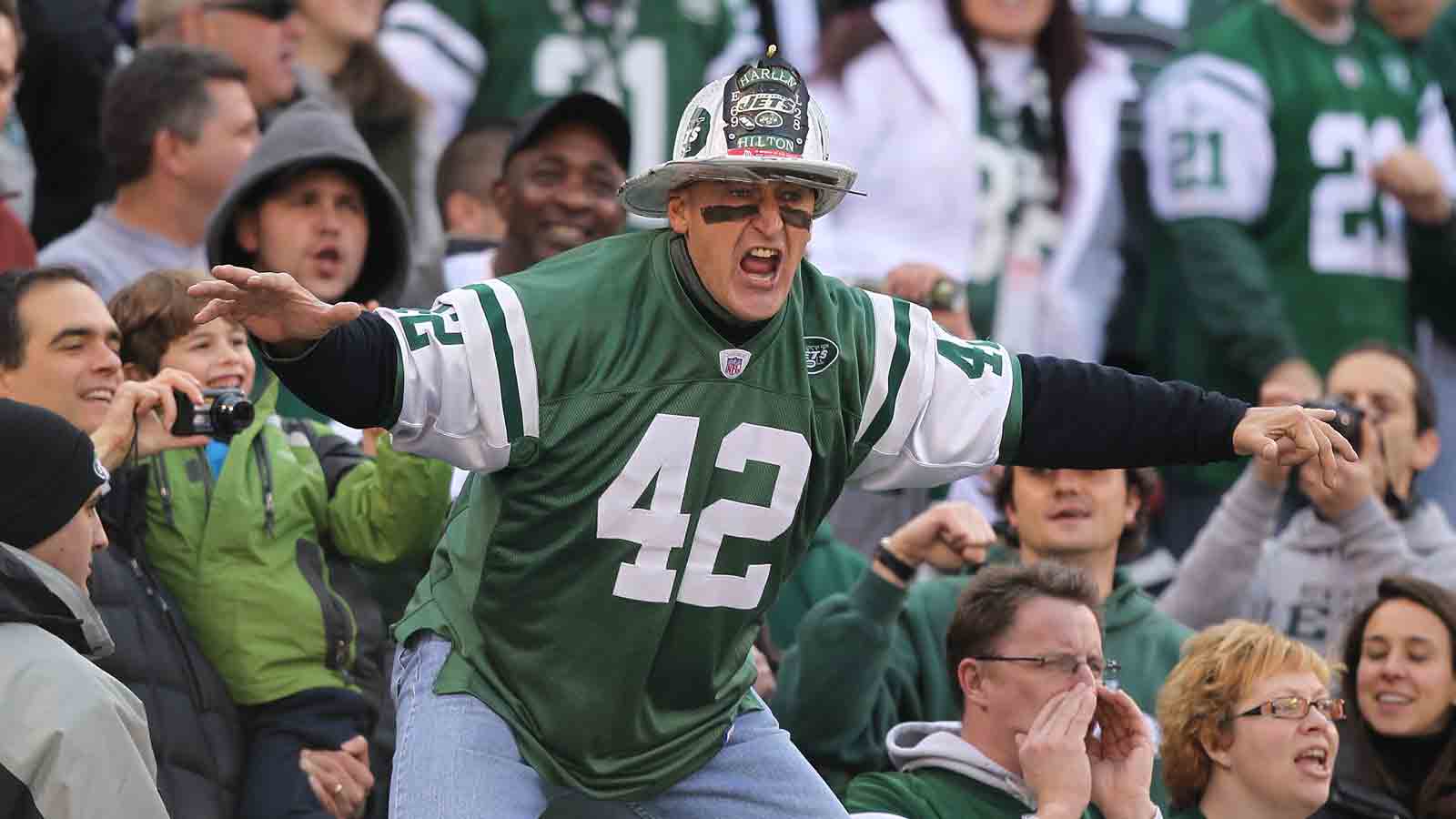
- Sports stadiums are facing risks from changing weather patterns.
- NFL stadiums could experience $11 billion in climate-related losses by 2050, according to a new report released by the climate risk analysis company, Climate X.
- The risk was underscored by Hurricane Milton ripping the roof off Tropicana Field in Tampa, Florida.

WATCH ANYTIME FOR FREE
Stream NBC10 Boston news for free, 24/7, wherever you are. |
Hurricane Milton's damage to Tropicana Field in Tampa, Florida, was so devastating it likely means the Tampa Bay Rays will be looking for another place to play ball for opening day next spring.
Like many baseball stadiums around the country, Tropicana Field's geographic location makes it vulnerable to hurricane winds or tornado-force winds, hail, storm surge and flooding.
Get updates on what's happening in Boston to your inbox. Sign up for our News Headlines newsletter.
The Baltimore Orioles, Los Angeles Dodgers, New York Mets, Miami Marlins, Pittsburgh Pirates, San Diego Padres and others play on or near the water and could see insurance premiums rise and repair costs soar as weather-related losses hit.
But it's not just baseball stadiums at risk. NFL stadiums could experience $11 billion in climate-related losses by 2050, according to a new report released by the climate risk analysis company, Climate X.
As football stadiums are increasingly being used for concert venues, storm shelters and community events, the impact could be severe for the economy.
NFL
Climate X said it's a wake-up call for state and local governments.
"The problem with climate change is non-linear and non-stationary. If you had a problem there yesterday, that doesn't mean that it's going to be there tomorrow," said Kamil Kluza, co-founder of Climate X. "Places that have been unimpacted will become impacted, because the climate will change and move around."
The risks from changing weather patterns go far beyond hurricane winds and flooding.
Dangerous heat is a problem for the Arizona Diamondbacks playing in Phoenix. The team has a lease until 2027 at Chase Field and is responsible for upkeep and repairs. But the facility is struggling to keep fans cool, much less players, in a city where the temperatures this summer broke even Phoenix's own scorching records.
Up north, a massive snowstorm in 2010 collapsed the roof of the Minnesota Vikings' Metrodome.

Some of the most harrowing images of stadium damage are still from 2005, of a SuperDome surrounded by floodwaters in New Orleans, housing Katrina victims trying to take cover from the storm.
The Climate X report ranks the vulnerability of the 30 NFL stadiums when it comes to climate hazards such as flooding, wildfires and storm surge. It's calculated by comparing the projected damage costs to the stadium's current replacement value.
MetLife Stadium in East Rutherford, New Jersey, home of the New York Giants and the New York Jets, is projected to incur the biggest losses. Climate X projects a total percentage loss of 184%, with cumulative damages exceeding $5.6 billion by 2050 due to the stadium's low elevation in the marshy Meadowlands and exposure to flooding and storm surge.

The new state-of-the-art $5 billion Sofi Stadium, home to the Los Angeles Chargers and Los Angeles Rams, and State Farm Stadium in Arizona, where the Arizona Cardinals play, are the next-most vulnerable stadiums to climate risk.
Climate X said Lumen Field in Seattle, home to the Seattle Seahawks, and Lambeau Field in Green Bay, Wisconsin, home to the Green Bay Packers, are projected to have a much lower relative loss rates. Their non-coastal locations and limited exposure to extreme heat events could benefit them.
Some teams are trying to tackle the climate change problem head on. For example, Allegiant Stadium in Las Vegas ran the Super Bowl completely off renewable energy.
Mercedes Benz stadium in Atlanta, home to the Atlanta Falcons, said its energy-efficient design reduces electricity usage by 29%.
"The bottom line is that climate change is happening, whether we like it or not, and I think the instead of fighting climate change with just sustainability and reducing CO2, we need to start acting to put adaptation measures in place," Kluza said.
As for Tropicana Field, there are questions about whether it should be repaired at all, as it's slated for demolition anyway to make way for a new $1.3 billion ballpark for the Rays to play in time for the 2028 season.



